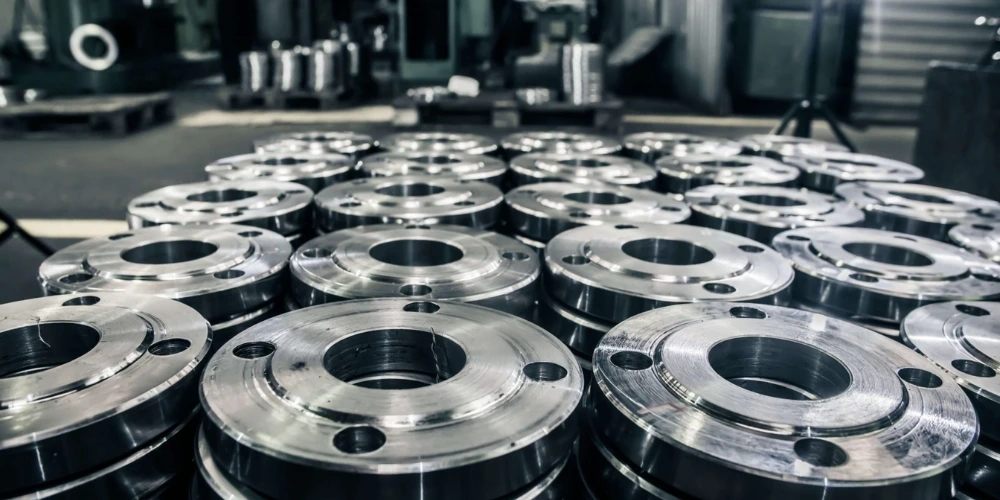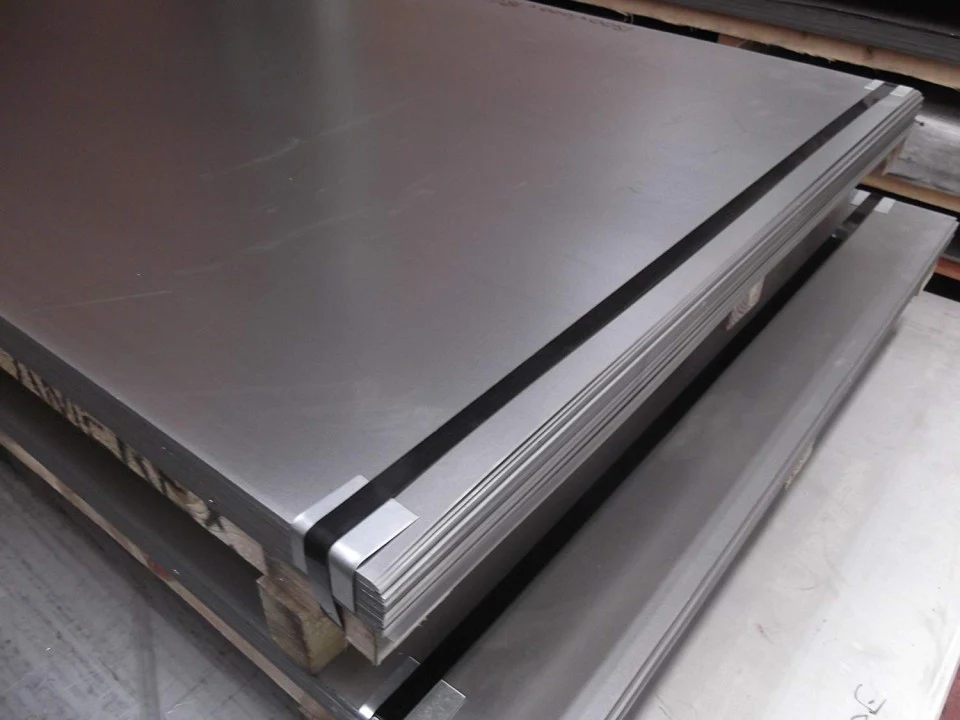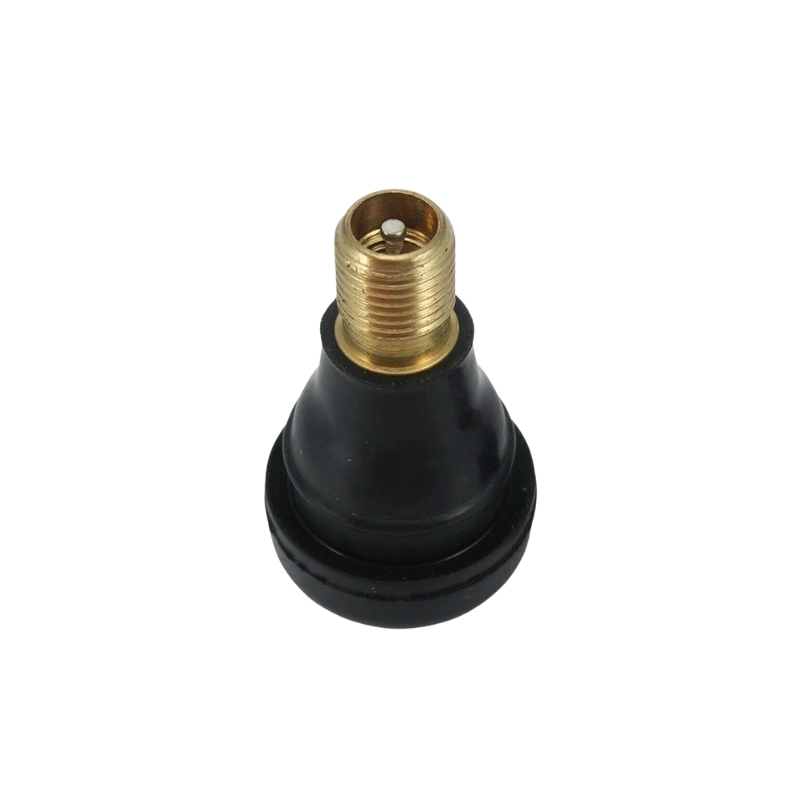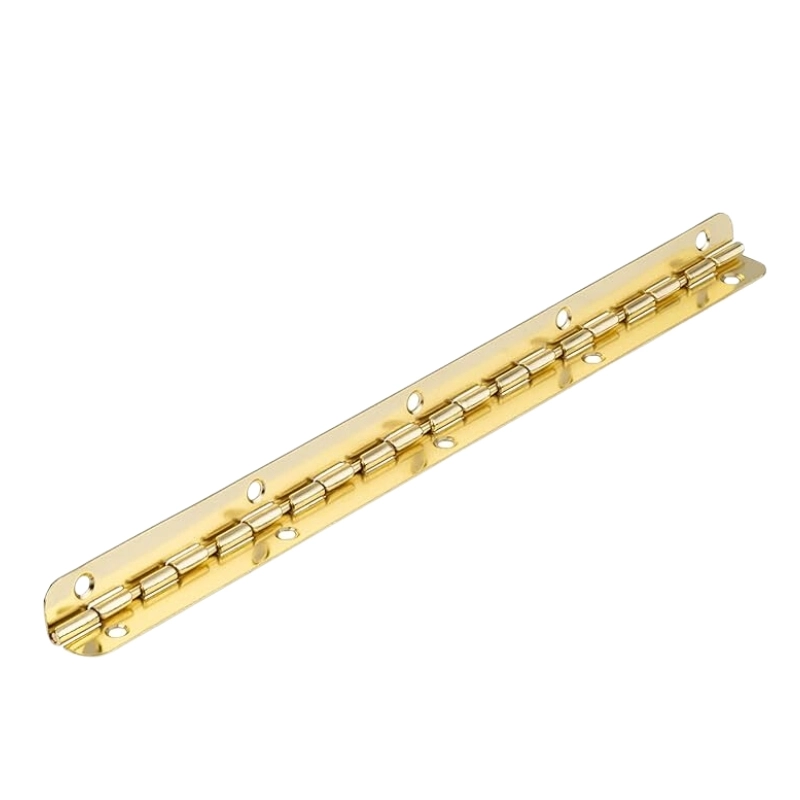Brass is a widely used metal alloy renowned for its aesthetic appeal, durability, and versatility across various applications. From decorative items and musical instruments to plumbing fixtures and marine hardware, brass has earned a reputation as a reliable material.
However, questions often arise about its resistance to rust and how it holds up against environmental factors. This article will explore the major reasons for rusting of metals, how brass is different and similar to other metals and most importantly, whether brass rusts or not?
Understanding Brass and Its Composition
Brass is an alloy primarily composed of медь а также цинк, with trace amounts of other elements such as lead, tin, or aluminum occasionally added to enhance specific properties. Its distinctive golden hue makes it a popular choice for decorative and other applications where aesthetics are of importance.
Unlike ferrous metals like iron and steel, which are prone to rusting due to their iron content, brass is inherently non-ferrous. This means it does not contain iron, a key element that causes rust to form on metals and metallic alloys. Rust is essentially iron oxide, which forms when iron reacts with oxygen and moisture. Since brass lacks iron, it cannot technically rust. However, this does not mean brass is immune to all forms of corrosion or discoloration.
Comparing Brass’s Corrosion: Tarnish vs. Rust
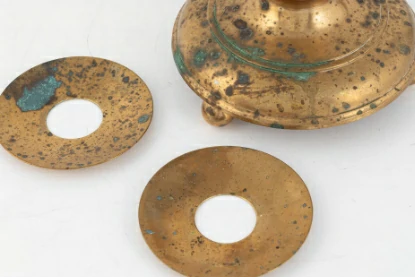
Although brass does not rust, it can undergo a different type of chemical reaction known as tarnishing. Tarnish occurs when brass is exposed to air, moisture, or chemicals, leading to a surface layer of oxidation. This results in a dull or darkened appearance, often accompanied by greenish or bluish deposits. Tarnish on brass is primarily caused by its copper content reacting with oxygen and other environmental elements.
The greenish brass patina that forms on brass, often referred to as verdigris, is a result of copper oxide or copper carbonate. While it may not compromise the structural integrity of brass, tarnish is aesthetically unappealing to some users and requires periodic cleaning to maintain the alloy’s original shine. Unlike rust, which can weaken a material over time, tarnish is generally superficial and can be removed through polishing.
Environmental Factors Influencing Brass Corrosion
Brass exhibits excellent resistance to corrosion under normal conditions, but its performance can vary depending on the environment. Prolonged exposure to air and moisture accelerates the tarnishing process, with humid environments particularly encouraging the formation of a patina on brass surfaces.
This is why brass items left outdoors often develop a characteristic greenish layer over time. In marine or coastal areas, brass is exposed to saltwater and air containing high levels of chloride ions, which can lead to a form of corrosion known as dezincification. This process causes zinc to leach out of the alloy, leaving behind a weakened copper-rich structure.
Similarly, exposure to acidic substances can accelerate tarnishing and reduce the alloy’s lifespan. Urban environments with high levels of air pollution also contribute to tarnishing due to the presence of sulfur compounds in the air. These compounds react with copper in brass, forming copper sulfide, which appears as a darkened or blackened surface layer, affecting the metal’s aesthetic appeal and durability.
Therefore it is extremely important to keep the brass products in top shape to avoid any tarnishing or other form of corrosion that can reduce its appeal.
How to Prevent and Manage Tarnishing on Brass?
To preserve brass’s appearance and prevent excessive tarnishing, certain best practices can be adopted:
- Регулярная уборка
Wiping down brass surfaces with a soft cloth and mild detergent helps remove dirt, oils, and environmental residues that contribute to tarnishing. Avoid abrasive materials that can scratch the metal.
- Protective Coatings
Applying a clear lacquer or sealant can provide a protective barrier, preventing air and moisture from directly contacting the brass. This is especially useful for brass items exposed to harsh environmental conditions.
- Полировка
Periodic polishing with brass-specific cleaning agents can restore its natural shine and remove surface oxidation. It’s important to follow up with a protective coating to prolong the polished finish.
- Controlled Environment
Storing brass items in a controlled indoor environment with minimal humidity and pollutants reduces the risk of tarnishing and dezincification.
Why Brass Is a Preferred Material Despite Tarnishing
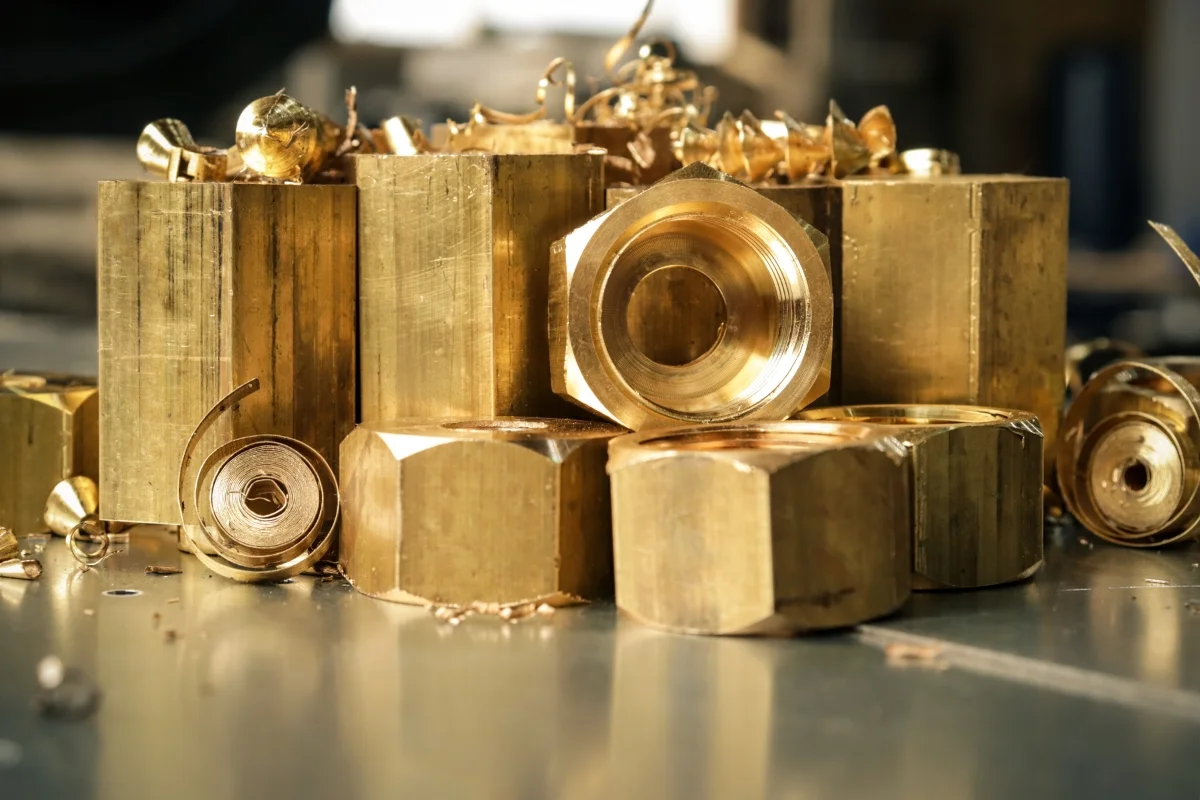
Despite its susceptibility to tarnishing, brass remains highly valued due to its versatility, durability, and aesthetic qualities. Unlike rust, which compromises the structural integrity of ferrous metals, tarnish on brass is superficial and manageable. Furthermore, brass’s resistance to rust eliminates the need for extensive protective coatings or treatments that are often required for iron-based materials.
In applications where both functionality and appearance are critical, brass offers an excellent balance. Its machinability allows for precise and intricate designs, while its corrosion resistance ensures longevity in demanding environments.
Conclusion: Understanding Brass and Its Durability
To answer the question, “Does brass rust?”—the straightforward answer is no. Brass, being a non-ferrous metal, does not contain iron and is therefore immune to rust. However, it is not entirely impervious to environmental factors and can undergo tarnishing or dezincification under certain conditions.
Узнайте больше из наших сообщений в блоге.
Недавние Посты
Узнайте больше о нашей продукции.
сопутствующие товары
Мгновенная цена!
